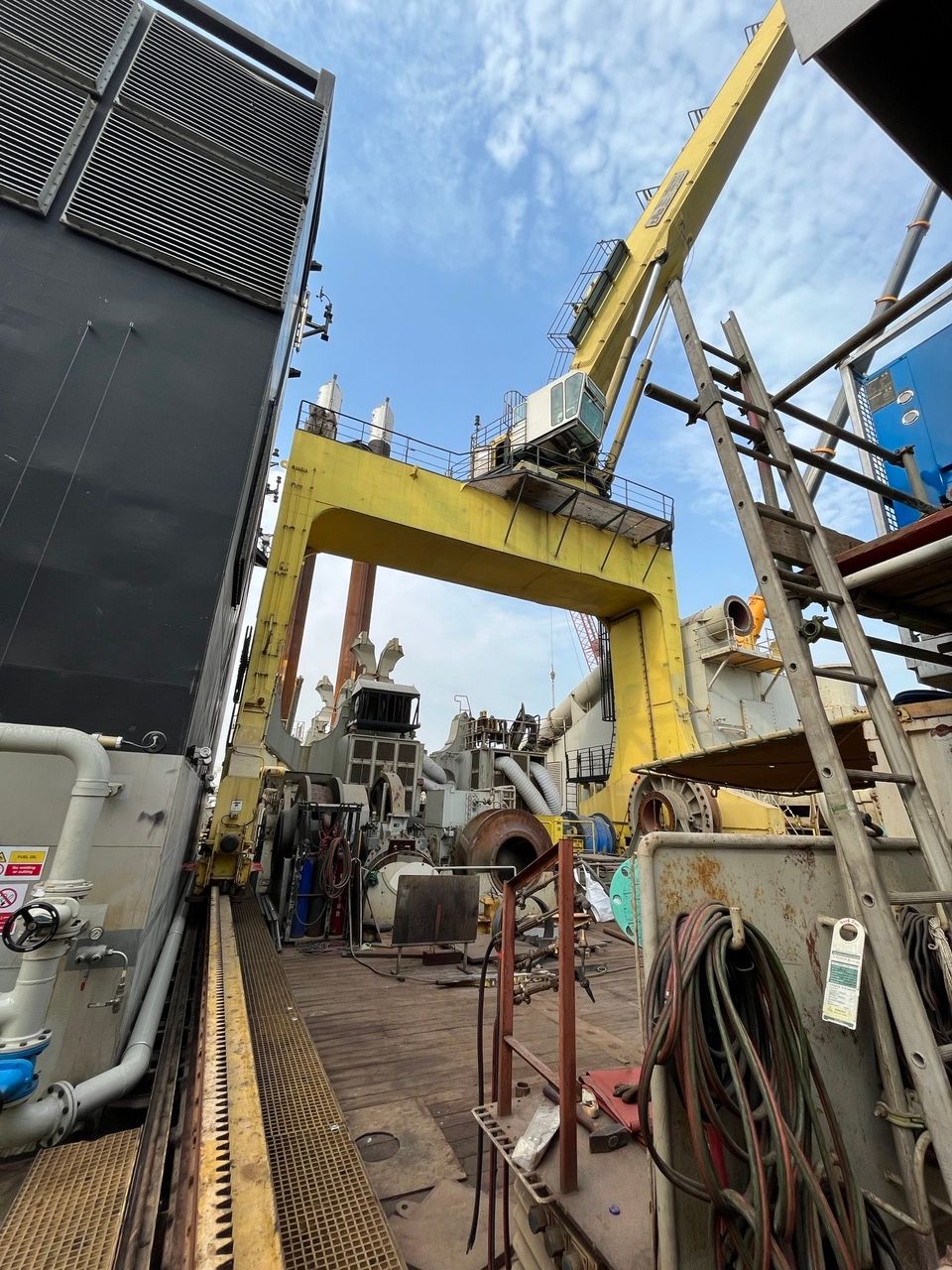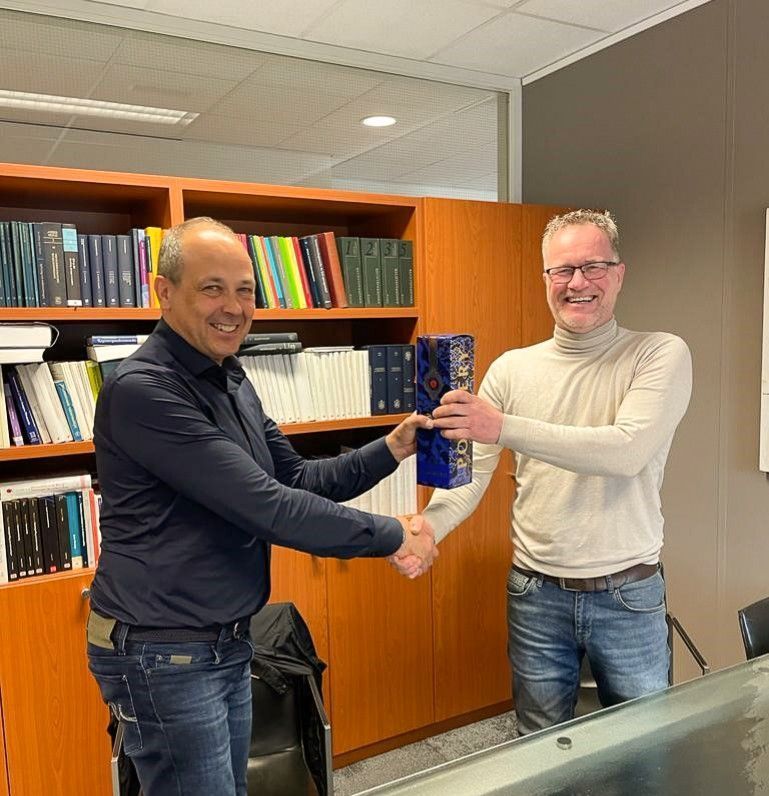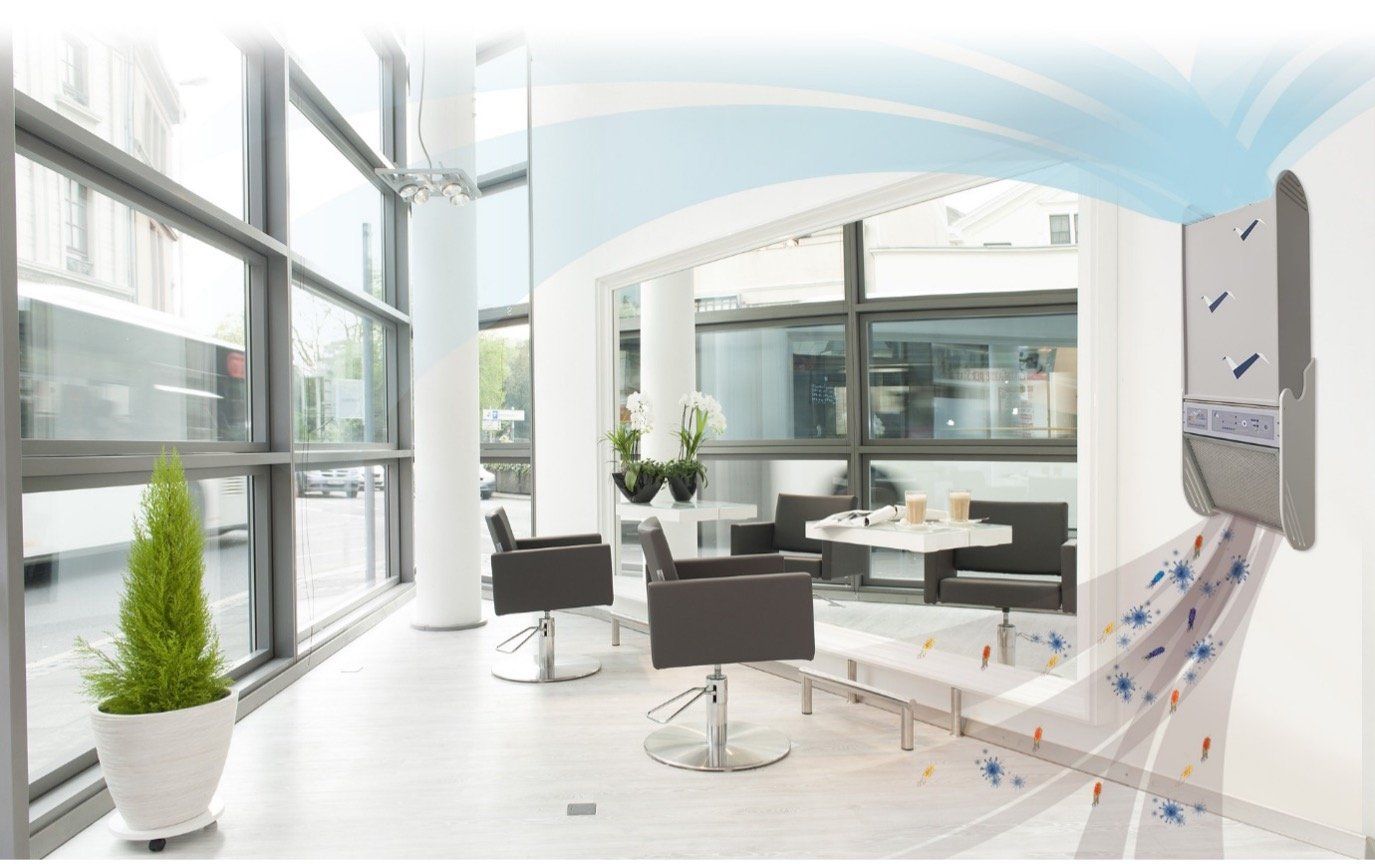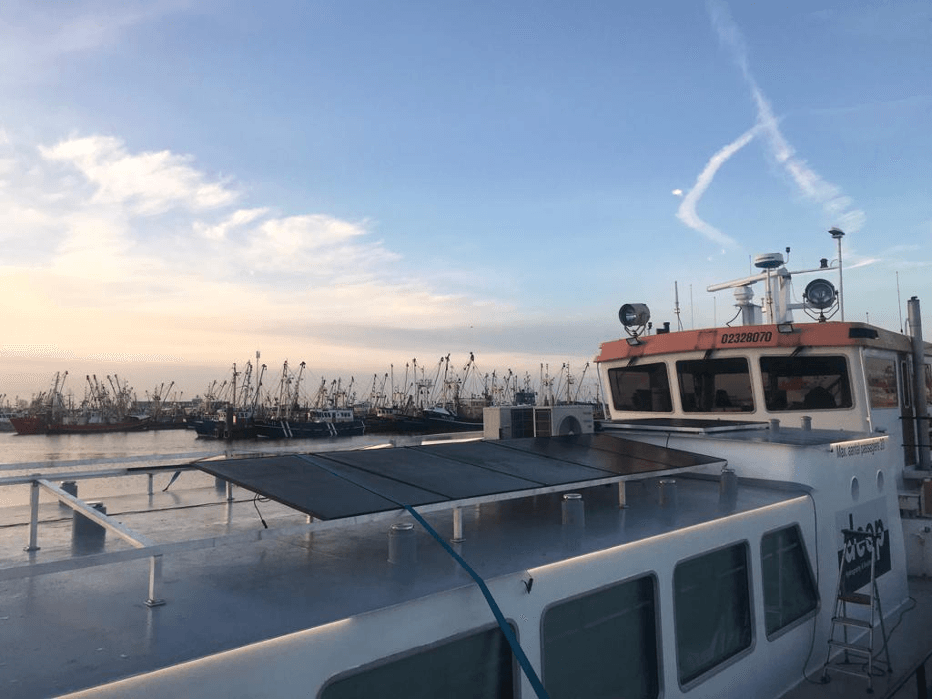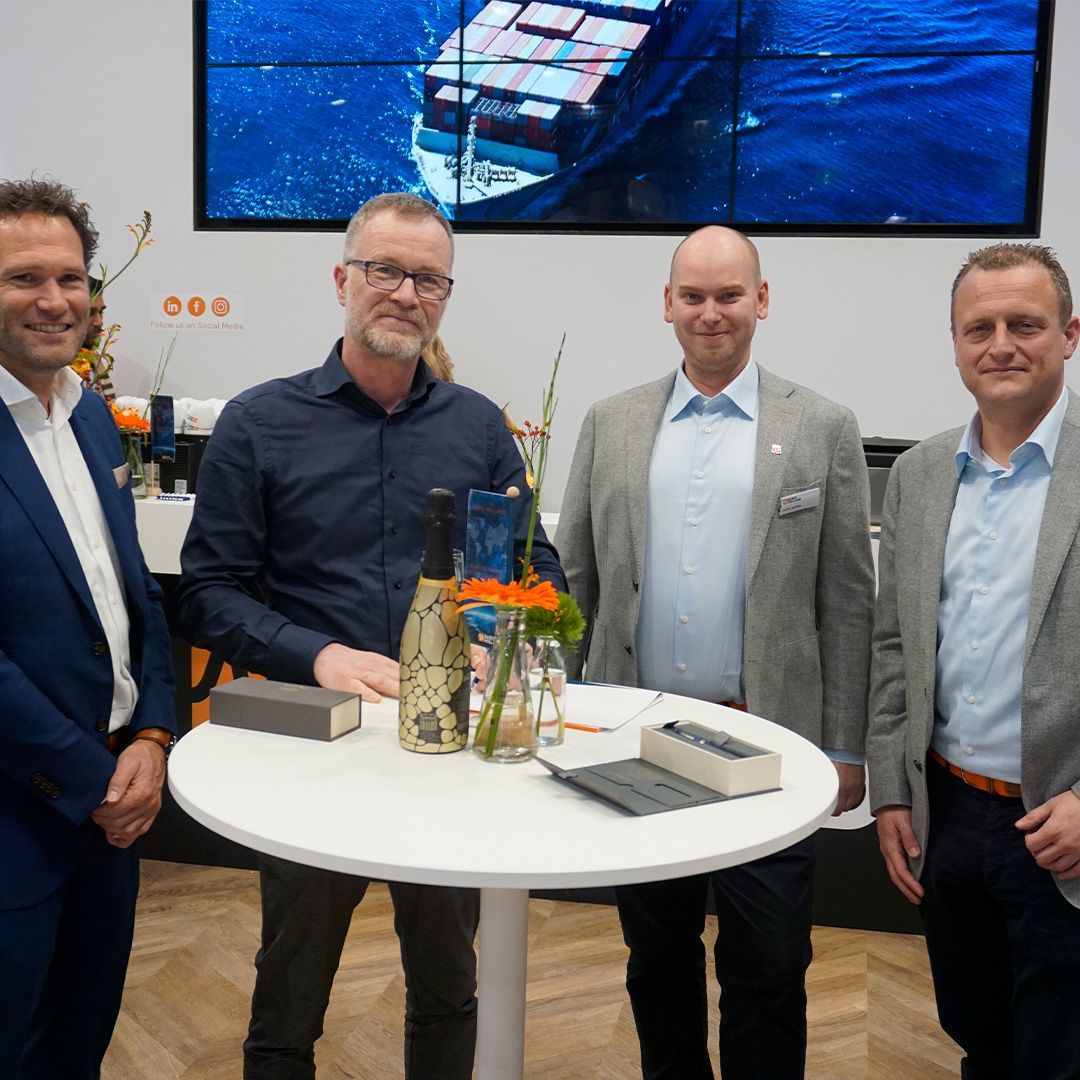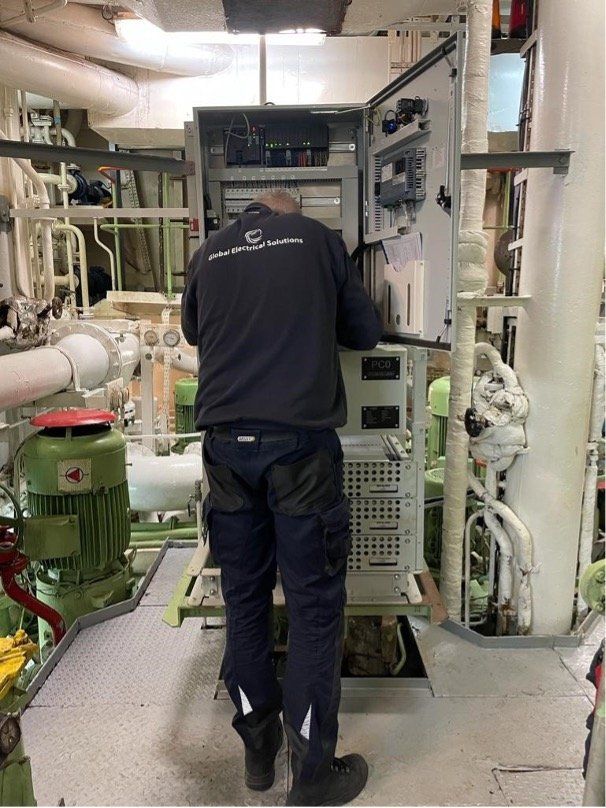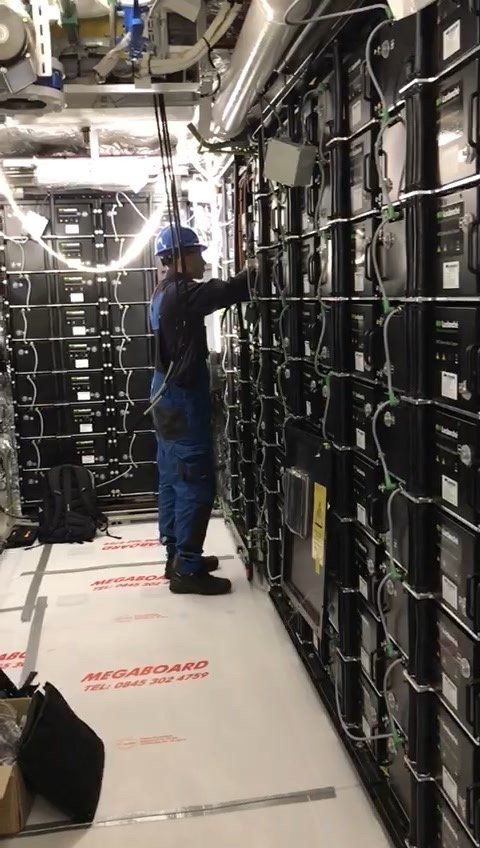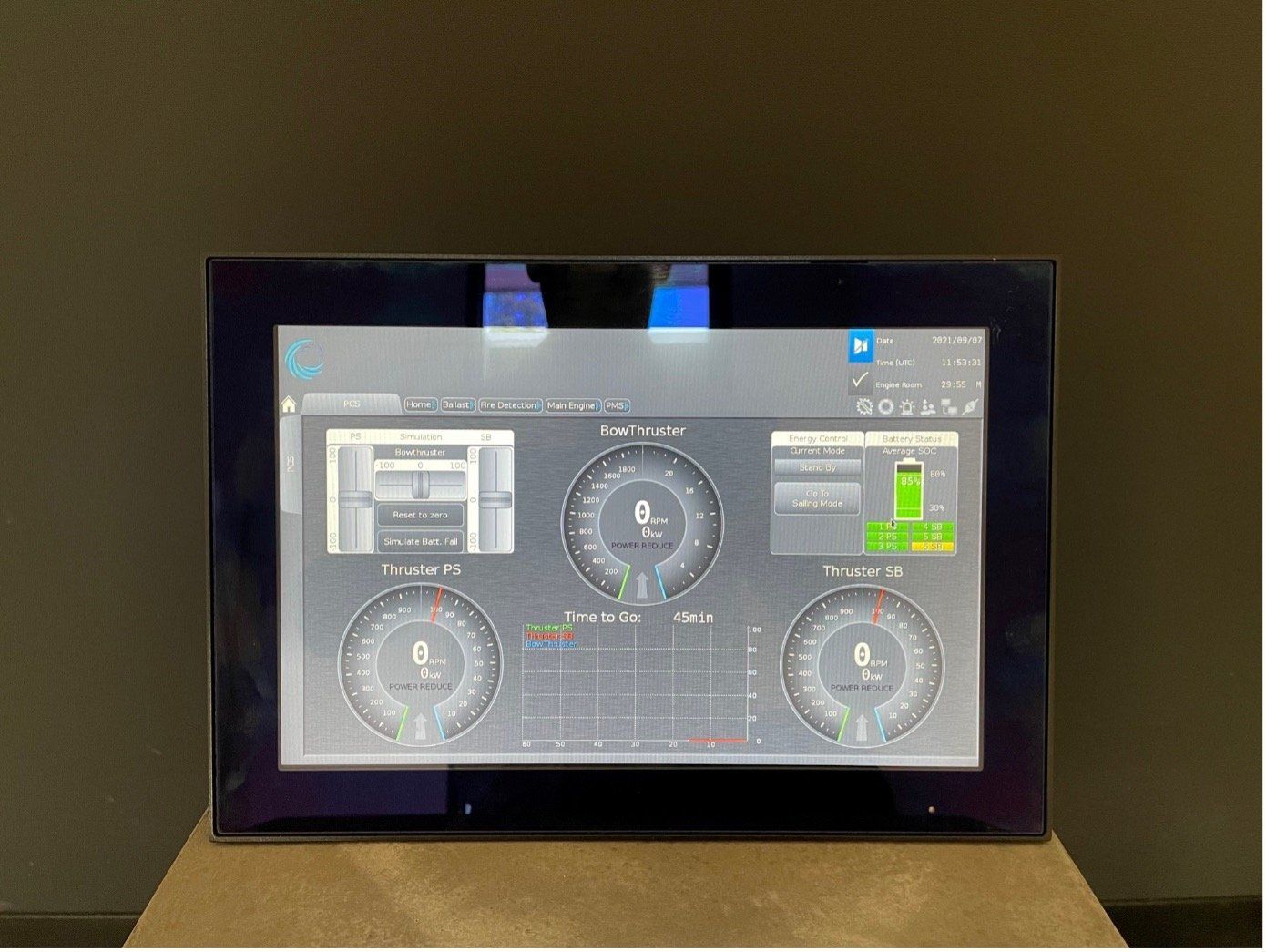Build cleaner ports and ships with innovative onshore power supplies.
It’s time to take charge and transform the way we power cleaner, safer, and more efficient ports, vessels and ferries to build more prosperous coastal communities.
Shore power technologies, also known as cold ironing, Onshore Power Supply (OPS) or Alternative Maritime Power (AMP), are the only solutions that cut emissions totally at berth. Shore power solutions enable the connection of ships in port to onshore power supplies that provide electricity for on-board services allowing diesel generators to be switched off.
The reduction in vessel emissions is no longer a nice-to-have and is increasingly becoming a legal requirement for the industry, following the latest standards and regulations.


